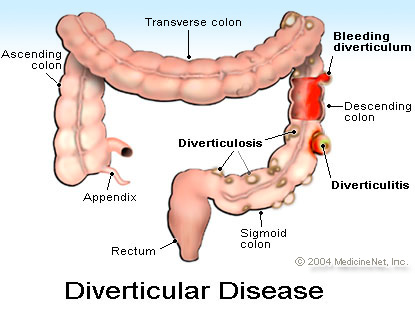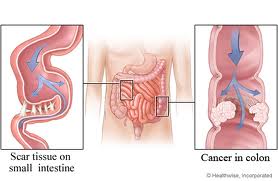Lactose Intolerance
Between 30 million and 50 million Americans are lactose intolerant, meaning they lack an enzyme needed to digest the main sugar in milk, and African-Americans, Asians, and American Indians are most likely to have the condition. Ranging in severity from person to person, symptoms include cramping, bloating, gas, nausea, and diarrhea. These usually occur 30 minutes to two hours after one drinks or eats a dairy product. Continue reading



